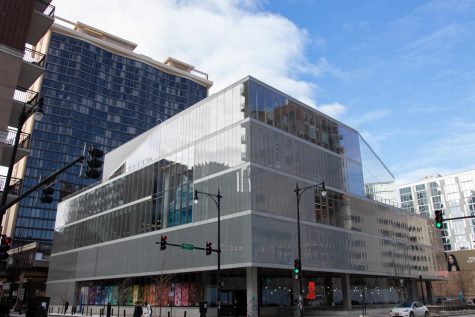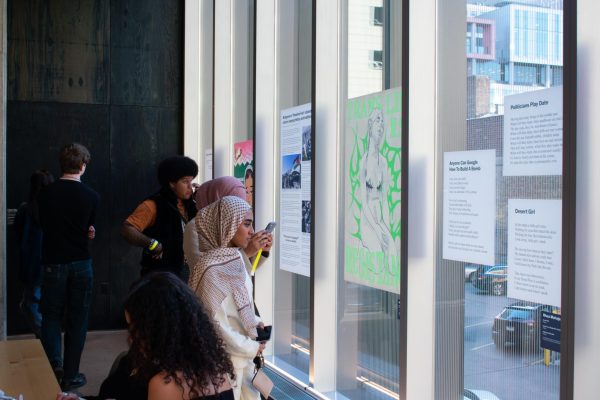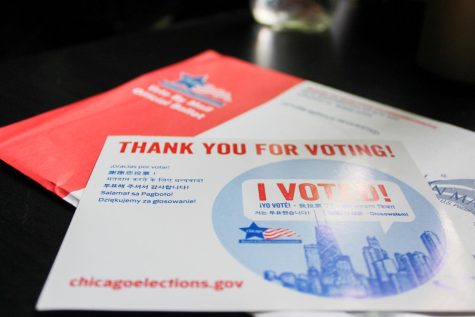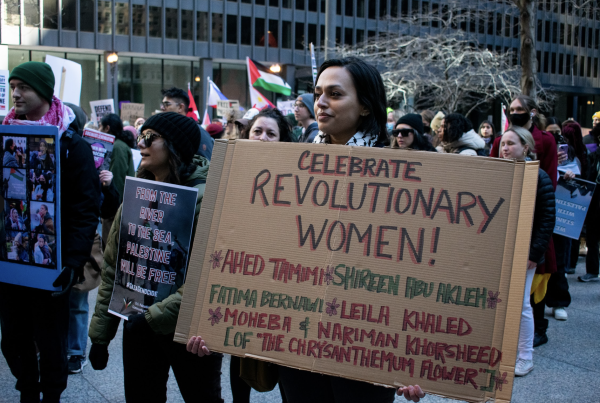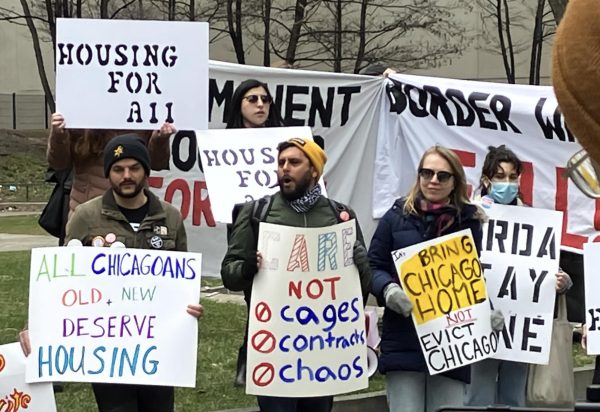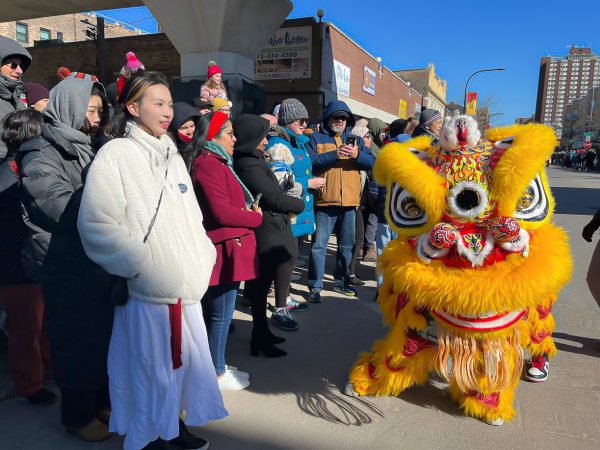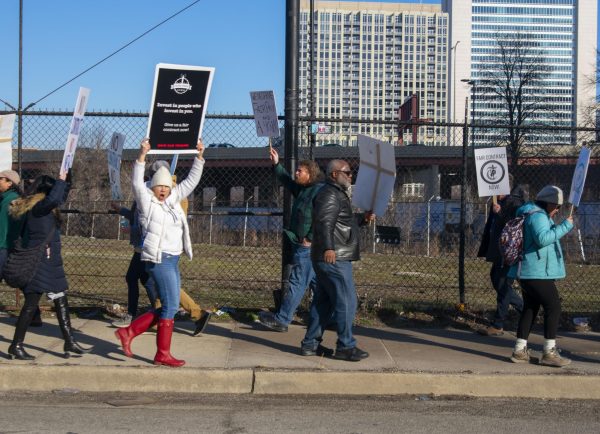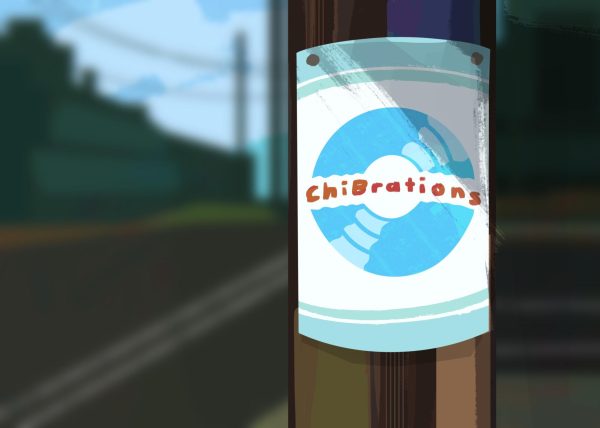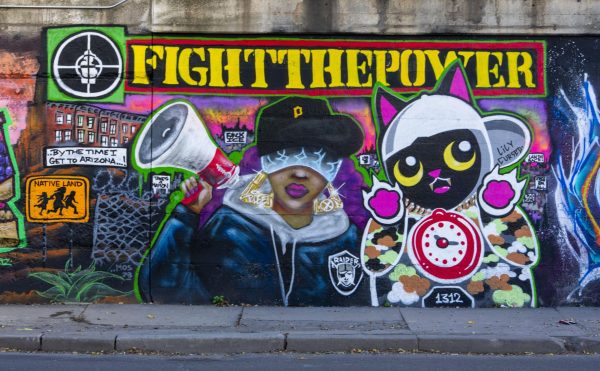Side streets still in disrepair
April 20, 2009
Harsh, unpredictable Chicago winters and asphalt don’t mix. And this year, due to lack of funding, the Chicago Department of Transportation can’t keep up with repairing potholes on the 3,800 miles of city streets, often leaving side streets at the bottom of the city’s to-do list.
In response, some Chicagoans are getting out their cameras and taking a walk around their neighborhoods looking for the most weather-beaten, pothole-filled streets for WBEZ, Chicago Public Radio’s, “Adopt a Side-Street” project, said Justin Kaufmann, web content editor for Chicago Public Radio.
WBEZ is planning to organize a slideshow of the most damaged streets in Chicago to show City Hall officials where some of the problem areas are, Kaufmann said.
“The person who submits the winning photo can march with me, and we can hand deliver the photos,” Kaufmann said. “Hopefully it will be a fun, stunning presentation.”
Brian Steele, Chicago Department of Transportation spokesperson, said WBEZ is “misdirecting their efforts” and that side streets are only fixed if the alderman of an area nominates them to be fixed, so taking the presentation to city hall won’t work.
If a street is in disrepair, a community member should go to their local alderman with the problem, Steele said. But, inevitably, not every problem will be fixed.
“When it comes to infrastructure projects, the demand for work always exceeds the supply of funding needed to do it,” Steele said.
City crews have filled 300,000 potholes since Dec. 1, 2008, according to CDOT.
Kaufmann said WBEZ’s goal is to reflect what’s going on in the community through the Adopt a Side-Street project—not represent a political objective or question the mayor’s use of funds.
The project was formed more than a month ago, after Mayor Richard M. Daley decided to use some of the federal stimulus money to repair damaged roads in hopes of drawing attention to major infrastructural problems in low priority areas, like side streets, Kaufmann said.
“It would be good for the city to pay attention to what the community wants, but I’m sure they probably have their own agenda and projects,” Kaufmann said. “I just think it’s good to document a common problem that everyone in the city of Chicago has. It brings people together.”
The deadline for submitting photos has been extended to the end of April. So far, 50 photos have been submitted, which have included photos of larger streets such as Fullerton Avenue, Western Avenue and Clark Street, but most are of side streets, Kaufmann said.
Chicago isn’t the only city with potholes, which is why fast-food chain KFC launched a nationwide “fresh” campaign to repair potholes and promote their chicken delivery, said Rick Maynard, KFC spokesman.
“We provide funding for cities that need repair work done on their roads, and, in return, we ask for a temporary logo to be put down,” Maynard said.
The black and white chalk KFC logo lasts a couple of days depending on the weather and the amount of rain.
This is the first time KFC has done a community marketing project on a national level, Maynard said. KFC is proposing $3,000 for each market, which would fix an estimated 300 to 500 potholes depending on material costs, he said.
KFC sent out letters to mayors across the country and have received 14 requests so far—none of which were from Chicago.
Steele said $3,000 was not worth the trouble.
“KFC was not offering to help cities; it was simply an advertising campaign,” Steele said. “They were offering $3,000 to repair potholes, which will not get hardly any work done at all.”
CDOT just began discussions with an advertising firm for a longer-term commitment for pothole repair, Steele said.
“We want to come up with some kind of sponsorship for our pothole program.” Steele said. “We aren’t sure what form this could take, but we want a longer term, sustained commitment than just a one- or two-day PR campaign.”




